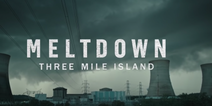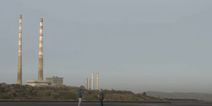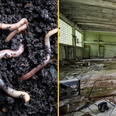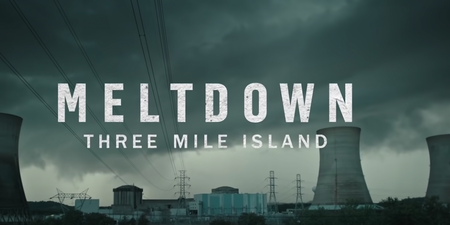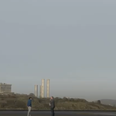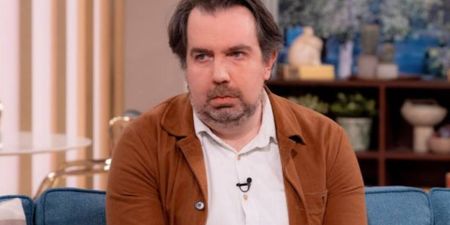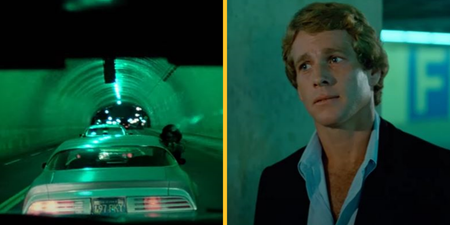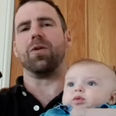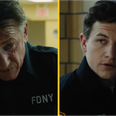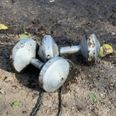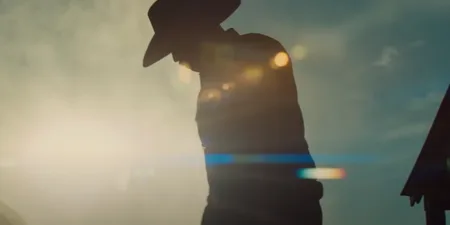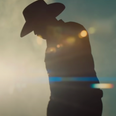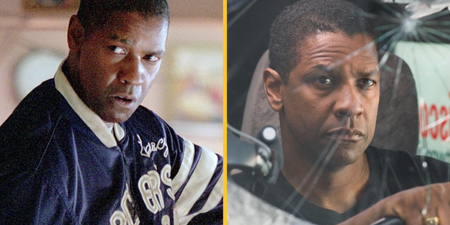Even though Ireland is a country that has no nuclear power whatsoever, we are no stranger to its dangers.
Closer than Galway, the Sellafield nuclear fuel reprocessing and nuclear decommissioning site, is just 128 miles away from Dublin.
The site has long been the subject of objections from this side of the Irish Sea.
In 2002, adjacent to official complaints lodged by the Irish government, the Irish public sent no fewer than 1.3 million postcards to then-Prime Minister Tony Blair, pleading with him to shut down the site.
The postcards sent Blair featured the haunting image of an eye and carried the message: “Tony, look me in the eye and tell me I am safe.” Many primary schools took part in the programme, hitting a bunch of soft 90s babies with a dose of Cold War paranoia and fear not seen since the Cuban Missile Crisis.
While many in the United Kingdom did not realise about Blair’s cold-hearted streak until the Iraq War was well and truly underway, Irish children had actually realised much earlier, when Blair utterly disregarded our concerns of being mutilated and turned into walking zombies by the effects of a wave of glowing, green radiation that would inevitably engulf the Poolbeg Stacks.
Other memories of the time include the importance in the direction of the wind. “Don’t worry,” I remember one teacher telling me. “If the wind is blowing east that day then we’ll be fine.” It’s the Lake District’s problem now.
The national worry campaign of 2002 was geared towards convincing the Irish public that we were a Chernobyl-in-waiting. An anxious nation at the best of times, we were readily convinced. Anecdotally, I know people who were so scared that they slept under their beds. With my own nine-year-old eyes I saw children crying in the classroom at the thought of being turned into Blinky, the three-eyed fish from The Simpsons. If you were between the ages of eight and 14 in 2002, you probably know exactly what I mean.
I would pay good money to read my own message to Tony Blair now. I have no doubt that it was the most frightened, disturbed and emotionally scarred thing that I have ever written. And Tony didn’t even have the decency to write me back.
It wasn’t the wild imaginations of children responsible for the hysteria. Shut Sellafield came into schools. They relied on evidence from Chernobyl, which is anything but a like-for-like comparison.
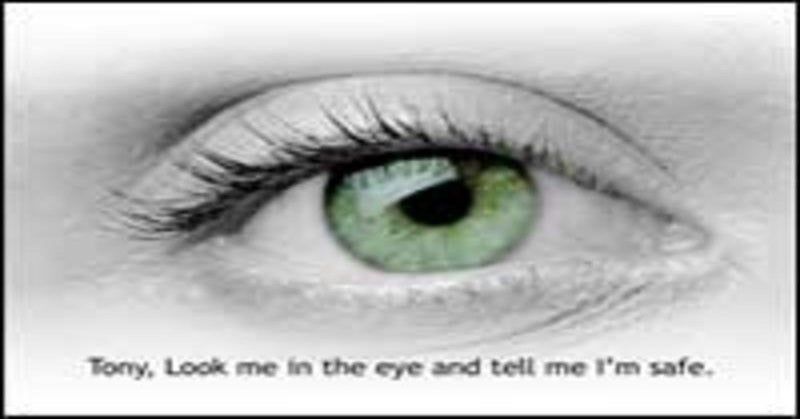
Pripyat, the city shown in Chernobyl, was one hundred times closer to the plant than Ireland is to Sellafield. Similarly, Sellafield is not undercut by the various Soviet shortcuts that Layne Price Jared Harris’ Professor Legasov elucidates in the final episode of Chernobyl.
Maybe most importantly, Sellafield is not even an active nuclear power plant. It reprocesses and stores nuclear waste. That doesn’t mean there are zero safety concerns, but it does mean that any comparison with an unsafe, active nuclear power plant in the 1986 Soviet Union is patently wrong.
One could go as far as to say that Ireland is nucleo-phobic. It is even legally prohibited to even use nuclear fission to produce energy for the Irish national grid, as of the Electricity Regulation Act, 1999 (Section 18).
HBO’s Chernobyl has reminded the world of what can happen when nuclear power goes badly wrong. The atom-splitting, skin-melting, lung-filling, life-snuffing horror of what happens when the unprepared are hit by a force that probably should never have been discovered in the first place.
In the 17 years since Ali Hewson’s attempt to Shut Sellafield, Chernobyl-the-show is probably the closest we’ve come to seeing an actualisation of the horrors that so many feared would arise from the Cumbrian power plant.
Ireland has always had a close connection with the tragic effects of the Chernobyl disaster. In 1991, Tipperary woman Adi Roche established Chernobyl Children International (CCI), which has delivered over €105 million to the areas most affected by the Chernobyl nuclear disaster and has enabled over 25,500 children affected by the Chernobyl disaster to come to Ireland for vital medical treatment and recuperation.
As these tens of thousands of children spent time in Ireland, communities across the country became well-versed in the Chernobyl disaster – better than most in the Western world – long before Craig Mazin and HBO shined a spotlight on it. The recent explainer by The Sun newspaper that Chernobyl was in fact based on a true story would never have been needed here.
Chernobyl has always weighed heavy on the mind – leaving us very fertile to the fear that comes with living in close proximity to a site like Sellafield. But was the fear ever really legitimate?
A 2016 study by Ireland’s Environmental Protection Agency found that the absolute “worst case” scenario for Ireland would be if a meteorite were to hit Sellafield in the month of May, an outcome which would not result in any immediate death, but “might” increase instances of cancer – largely through ineffective food controls that would lead to people consuming contaminated food.
“For each of the accidents considered, the predicted radiation doses were found to be below the levels which would give rise to sheltering, relocation or evacuation of people being required,” the study found. All accidents were simulated using “worst case scenario” weather.
The EPA further noted that “for almost 90% of the time, the prevalent meteorological conditions in Ireland would result in any radioactive plume from Sellafield travelling in an easterly direction (away from Ireland)”. Not exactly the nightmare we were sold back in fourth class.
But I’ll still never forgive Tony Blair for ignoring my postcard.
LISTEN: You Must Be Jokin’ with Aideen McQueen – Faith healers, Coolock craic and Gigging as Gaeilge


